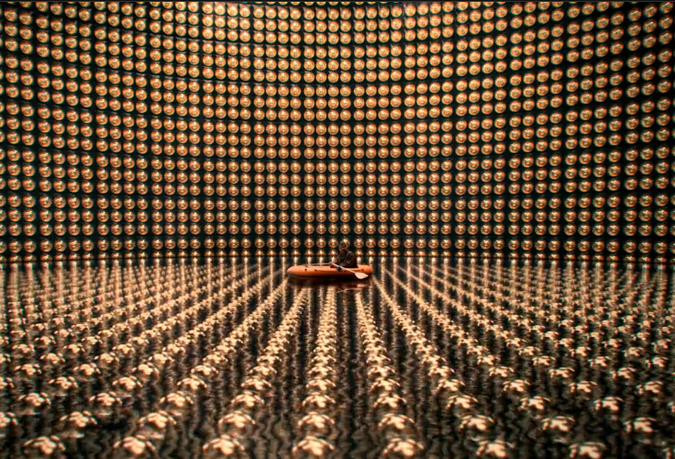Inside Bathrooms
The act of cleansing the human body can be considered a universal activity as we bathe, wash and relieve ourselves every morning in the privacy of our bathrooms. But if we take a look inside the bathrooms around the globe, we realize how our social and cultural values are imbued into these spaces. The cultural views of cleanliness differ between the East and West and govern the daily rituals of millions of people. Evidence of these differences exists in the way the interiors of our bathrooms are organized.
Through this curated section, we will explore the various ways in which social, economic, technological, and colonial influences have shaped our bathroom practices in the recent past. The widespread adoption of baths in every domicile has resulted in the diminishing role of public bathhouses. As the social and economic structures of society have transformed, the morals and functions of the bathhouse have mutated. Historically the public bath was not just a place to cleanse oneself, it was a culture and a state of mind. Its gradual disappearance reflects not only our affluence and the value we place on privacy but modern society’s atomization, sexualization of the body, and lack of public communal spirit. We will trace how public-bath functions, culture, and mores have changed as they moved from West to East and back again, as well as overtime from antiquity to modernity.
A journey from bathing together to bathing alone
Aspects of social behavior are reflected in matters of bathing with others versus bathing alone, and changes in bathing practices further reinforce cultural changes in society at large. Historically, the public baths acted as a locus of community activity, a nexus of local relationships, and served to cement the social ties of people living within a close geographic space. In this section, we explore the spiritual significance of the public baths (hammams) of the Middle East, the disappearing class distinctions in the ancient Roman baths, and the colonial influences that shaped the modern-day spas in Asia. In this crossroads of East and West the various baths, pools, and spas reflect a coming together of traditions and cultures and shaping of new social identities.
Case Studies: Japan; Indonesia; England; Middle East
Inside a private (modern) bathroom
As Praveen Kishore notes, the notion of purity and cleanliness has influenced the simple task of cleaning our bottoms with water in the East or wiping it with tissue in the West. Culturally the East does not make a clear distinction between cleaning, which is hygienic and clinical, and purifying, which is ritualistic in its implications. In the Western psyche, the notion of cleanliness is different. Dirty or unhygienic things should not be touched directly by hand or come in contact with the body. Therefore, Westerners use toilet paper for cleaning filth. For Indians, the use of toilet paper to clean the bottom is insufficient. It does not and cannot clean properly. Cleaning is not complete in the absence of water.
The use of buckets for bathing not only holds cultural significance but has continued to be a part of the modern-day bathrooms in Asia because of the infrastructural limitations that exist with the non-optimum water pressure for shower use.
Case Studies: India; Pakistan; Japan; Indonesia
